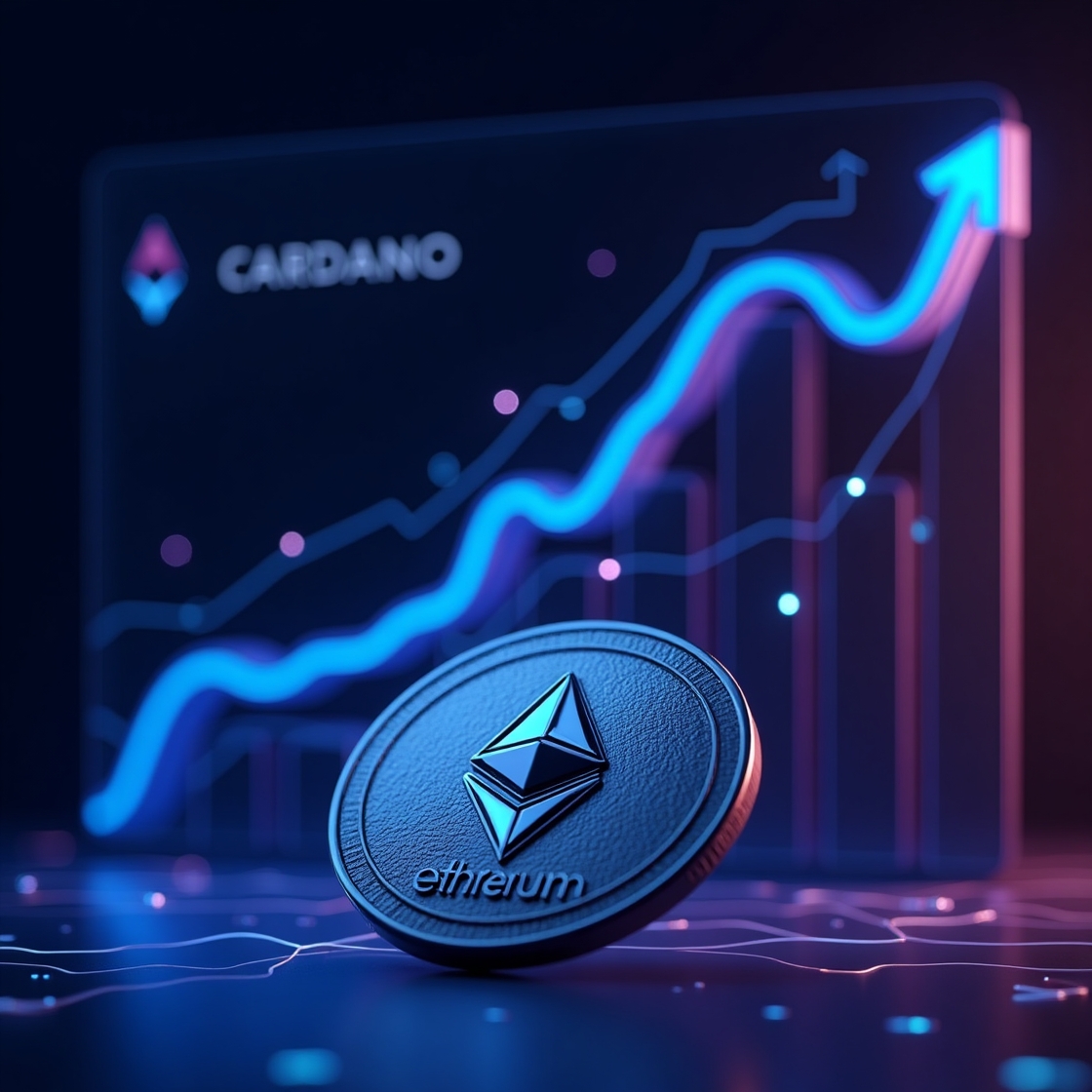Crypto Mining in 2025: New Technologies Redefining the Industry
Cryptocurrency mining has come a long way since its inception, evolving from the simple proof-of-work (PoW) systems of Bitcoin’s early days to the intricate, highly competitive networks of today. As we look toward 2025, it’s clear that new technologies will continue to redefine the landscape of crypto mining. From the emergence of more efficient hardware to the integration of renewable energy solutions and the potential for decentralized mining, the industry is poised for significant changes. In this article, we’ll explore how these innovations are reshaping crypto mining in 2025.
The Rise of Energy-Efficient Hardware
One of the most significant changes in crypto mining technology is the constant push for more energy-efficient mining hardware. Mining, particularly proof-of-work systems like Bitcoin, has been widely criticized for its high energy consumption. As concerns about environmental impact grow, hardware manufacturers are focusing on reducing the carbon footprint of mining operations.
In 2025, miners are likely to rely on next-generation Application-Specific Integrated Circuits (ASICs), which are purpose-built chips designed specifically for mining. These new ASICs will not only be faster and more efficient but also consume less energy. Companies like Bitmain and MicroBT are already working on producing more powerful and energy-efficient miners. These machines are expected to offer higher hash rates while consuming less electricity, making them more environmentally friendly and cost-effective.
Moreover, we may see the rise of Quantum Computing in mining. While quantum computing is still in its infancy, it holds the potential to significantly boost the speed and efficiency of mining operations. Although it may take a few more years to be fully realized, its eventual integration could lead to breakthroughs in hashing algorithms, potentially revolutionizing the entire mining industry.
Decentralized Mining Networks
Another major shift that will likely define crypto mining in 2025 is the move toward decentralized mining networks. Traditionally, large-scale mining operations are concentrated in regions where electricity is cheap, such as China, Kazakhstan, and the United States. However, as regulatory pressures increase and environmental concerns rise, there is growing interest in decentralizing mining operations.
In 2025, we might see more decentralized mining networks that enable smaller players to participate in the mining process. Platforms that allow individuals to mine from home, using lightweight hardware, could become more popular. Technologies like proof-of-stake (PoS) and proof-of-space-and-time could make decentralized mining more accessible, enabling a wider range of users to take part in securing blockchain networks without needing massive amounts of computational power.
Decentralized mining would reduce the risks associated with centralized mining pools, such as the potential for a 51% attack. By distributing the mining process across a larger number of nodes and miners, these decentralized networks could create a more secure and resilient ecosystem for cryptocurrencies.
Renewable Energy Integration
Energy consumption has been one of the most controversial aspects of crypto mining. In 2025, the industry is expected to take more significant steps toward integrating renewable energy sources. Solar, wind, and hydroelectric power could become more common in mining operations, especially in regions where these energy sources are abundant and affordable.
Several major mining farms are already transitioning to renewable energy. For example, in Iceland, geothermal energy has been harnessed for mining operations, and in regions with abundant solar power, miners are setting up solar farms to offset their electricity costs. In the coming years, this trend is expected to intensify.
Renewable energy adoption will not only help mitigate the environmental impact of mining but could also reduce operational costs. By relying on self-sustaining, eco-friendly energy sources, miners can ensure a steady supply of cheap electricity, reducing their reliance on grid power and stabilizing their energy expenses. This shift will be crucial as governments around the world impose stricter environmental regulations on energy consumption and carbon emissions.
Advances in Blockchain Consensus Mechanisms
While proof-of-work remains the dominant consensus mechanism in crypto mining, alternatives like proof-of-stake (PoS), proof-of-authority (PoA), and others are gaining traction as more energy-efficient options. By 2025, it’s likely that PoS and other alternatives will continue to challenge the traditional mining model.
Proof-of-stake, in particular, has gained attention due to its lower energy requirements. Unlike proof-of-work, which requires miners to solve complex mathematical puzzles, proof-of-stake allows participants to validate transactions based on the number of tokens they hold and are willing to “stake” as collateral. This eliminates the need for energy-intensive computational work, making it a more sustainable option for securing blockchain networks.
Ethereum’s transition to proof-of-stake, which is already underway, is a significant step in this direction. By 2025, more blockchains are expected to adopt PoS or hybrid models combining PoS and PoW to enhance scalability and energy efficiency.
AI and Machine Learning in Mining Optimization
Artificial intelligence (AI) and machine learning (ML) are starting to play a pivotal role in crypto mining optimization. These technologies can be used to predict the most profitable times and places to mine, helping miners optimize their operations and maximize profits. In 2025, AI-powered mining solutions could become standard in large-scale operations, offering real-time analysis and decision-making capabilities to adjust mining strategies on the fly.
AI algorithms can also help with hardware optimization by monitoring and adjusting the performance of mining rigs. For example, AI could help miners determine the best cooling strategies to prevent overheating and reduce power consumption. Machine learning models can predict hardware failures before they occur, allowing miners to conduct preventative maintenance and avoid downtime, which is crucial in a highly competitive industry.
The Future of Crypto Mining in 2025
As we move into 2025, crypto mining will continue to evolve in response to technological advancements, environmental concerns, and market demands. The combination of energy-efficient hardware, decentralized networks, renewable energy integration, innovative consensus mechanisms, and AI optimization will pave the way for a new era in mining.
Miners will need to adapt to these changes by staying ahead of the technological curve and embracing more sustainable and efficient practices. By doing so, they will not only ensure the continued growth of the cryptocurrency industry but also contribute to the development of a greener and more decentralized digital economy. As new innovations continue to emerge, 2025 could be a transformative year for the crypto mining industry.




Post Comment